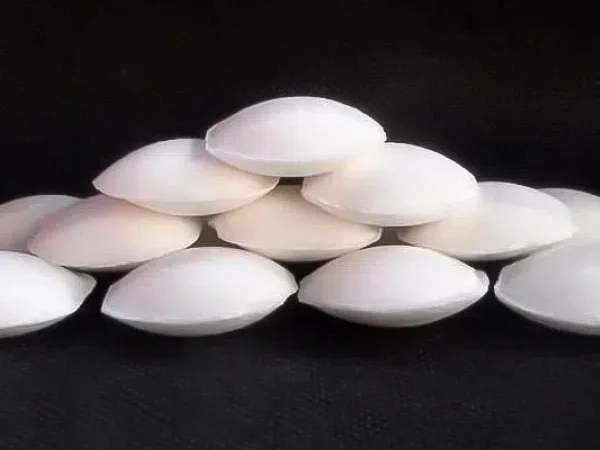
1. Introduction
Sodium cyanide (NaCN) is a crucial Leaching agent in the extraction of precious metals, especially gold and silver. Its application in the mining industry dates back to the late 19th century, and it has since become an integral part of the hydrometallurgical processes for recovering these valuable metals from their ores. This article delves into the detailed mechanism of how Sodium cyanide functions in the Leaching process, shedding light on its chemical reactions, the role of various factors, and its significance in the extraction of precious metals.
2. Chemical Properties of Sodium Cyanide
Sodium cyanide is a white, crystalline solid that dissolves readily in water. In an aqueous solution, it breaks down into sodium ions (Na+) and Cyanide ions (CN-). The cyanide ion is the key component responsible for leaching precious metals. As a strong ligand, it has a high affinity for certain metal ions, particularly gold and silver. This property allows it to form stable complexes with these metals, which is fundamental to its role as a leaching agent.
3. The Leaching Process of Gold and Silver with Sodium Cyanide
3.1 Chemical Reactions
When leaching gold using Sodium Cyanide, the reaction occurs in the presence of oxygen in an aqueous environment. Cyanide ions form a soluble complex with gold, with oxygen acting as an oxidizing agent to facilitate the process. A similar reaction takes place when leaching silver, where silver atoms react with sodium cyanide and oxygen to form a soluble silver-cyanide complex.
3.2 Reaction Steps at the Molecular Level
Diffusion: Sodium cyanide dissociates in water to release cyanide ions. These cyanide ions, along with dissolved oxygen molecules, move through the solution to reach the surface of gold or silver particles within the ore. The speed of this diffusion can be influenced by factors like temperature, agitation, and solution viscosity. Higher temperatures and more vigorous agitation typically enhance the diffusion rate by increasing molecular kinetic energy and improving solution mixing.
Adsorption: Once at the metal surface, cyanide ions and oxygen molecules attach themselves to the surface of gold or silver particles. The adsorption of cyanide ions is highly selective due to their strong affinity for the metal. Oxygen adsorption is equally crucial as it supplies the necessary oxidizing power for the subsequent reaction.
Electrochemical Reaction: At the boundary between the metal and the solution, an electrochemical reaction unfolds. Gold or silver atoms on the surface are oxidized, turning into metal ions. These metal ions then react with the adsorbed cyanide ions to create soluble metal-cyanide complexes. The oxidation of the metal releases electrons, which are consumed during the reduction of oxygen in the solution.
Desorption and Diffusion Away: The formed metal-cyanide complexes detach from the metal surface and disperse into the main body of the solution. This clears the way for new cyanide ions and oxygen molecules to adsorb onto the metal surface, enabling the leaching process to continue.
4. Factors Affecting the Leaching Efficiency of Sodium Cyanide
4.1 Concentration of Sodium Cyanide
The amount of sodium cyanide in the leaching solution greatly influences the leaching rate. Initially, as the concentration of sodium cyanide rises, so does the rate at which gold and silver are leached, as more cyanide ions are available to react with the metals. But beyond a certain point, the leaching rate may stop increasing or even decline. This can happen because at high concentrations, cyanide ions react with water to form hydrogen cyanide, a volatile substance that escapes from the solution, reducing the effective concentration of cyanide ions for leaching.
4.2 Concentration of Oxygen
Oxygen is indispensable in the sodium cyanide leaching process. It is required to oxidize gold and silver, a necessary step before they can form complexes with cyanide ions. Higher levels of dissolved oxygen in the solution generally lead to faster leaching rates. Since oxygen has limited solubility in water, industrial leaching processes often use methods like aeration or oxygen-enriched air to boost the oxygen concentration.
4.3 pH of the Solution
The pH of the leaching solution is vital for maintaining the stability of cyanide ions and the overall leaching process. Cyanide ions remain stable in alkaline solutions. In acidic conditions, they react with hydrogen ions to form highly toxic and volatile hydrogen cyanide gas. To avoid this and ensure the stability of cyanide ions, the pH of the leaching solution is usually kept between 10 and 11. Lime is commonly added to the solution to adjust and maintain the pH at the optimal level.
4.4 Temperature
Temperature impacts the leaching process in multiple ways. Generally, an increase in temperature speeds up chemical reactions, including the diffusion of reactants, the adsorption of cyanide ions and oxygen on the metal surface, and the electrochemical reaction. However, there are drawbacks. At high temperatures, cyanide ions are more likely to undergo hydrolysis, resulting in the loss of cyanide as hydrogen cyanide gas. Moreover, high temperatures can increase the solubility of impurities in the ore, which may disrupt the leaching process or cause excessive consumption of cyanide ions. In practice, the leaching temperature is typically around 20 - 30 °C, though higher temperatures may be used if appropriate measures are taken to control cyanide hydrolysis.
4.5 Particle Size of the Ore
The size of the ore particles directly affects leaching efficiency. Finer-grained ores offer a larger surface area for the reaction between metal particles and the leaching solution. This promotes quicker diffusion of cyanide ions and oxygen to the metal surface and faster formation of metal-cyanide complexes, resulting in a higher leaching rate. On the other hand, coarser-grained ores may need longer leaching times or more intensive processing to achieve the same level of metal recovery.
5. Significance of Understanding the Mechanism
Grasping how sodium cyanide works in the leaching process is of great importance to the mining industry. It allows engineers and metallurgists to fine-tune leaching process parameters, such as reagent concentration, pH, temperature, and particle size, to increase metal recovery rates. By optimizing these factors, the industry can extract precious metals more efficiently, reduce reagent consumption, and minimize the environmental impact of using sodium cyanide. Additionally, this knowledge can drive the development of new and more effective leaching technologies, either by improving existing cyanide-based processes or exploring alternative leaching agents.
6. Conclusion
Sodium cyanide plays a pivotal role in the extraction of precious metals through the leaching process. By understanding its mechanism, along with the factors that influence its effectiveness, the mining industry can continue to enhance its operations, making the extraction of gold and silver more sustainable and efficient. Future research may focus on further optimizing cyanide-based leaching processes or developing innovative alternatives that can reduce the environmental risks associated with the use of sodium cyanide.
- Random Content
- Hot content
- Hot review content
- High-precision Delay Element( 25ms- 10000ms)
- Sodium Peroxide
- Methanol Methyl alcohol 99.9% Industrial Grade Clear colorless liquid
- Food grade Antioxidant T501 Antioxidant 264 Antioxidant BHT 99.5%
- Ethyl alcohol /Ethanol 99.5%
- Caprylic/capric triglyceride
- Zinc sulfate monohydrate 98% Industrial & Feed Grade
- 1Discounted Sodium Cyanide (CAS: 143-33-9) for Mining - High Quality & Competitive Pricing
- 2China's New Regulations on Sodium Cyanide Exports and Guidance for International Buyers
- 3Sodium Cyanide 98% CAS 143-33-9 gold dressing agent Essential for Mining and Chemical Industries
- 4International Cyanide(Sodium cyanide) Management Code - Gold Mine Acceptance Standards
- 5China factory Sulfuric Acid 98%
- 6Anhydrous Oxalic acid 99.6% Industrial Grade
- 7Oxalic acid for mining 99.6%
- 1Sodium Cyanide 98% CAS 143-33-9 gold dressing agent Essential for Mining and Chemical Industries
- 2High Quality 99% Purity of Cyanuric chloride ISO 9001:2005 REACH Verified Producer
- 3Zinc chloride ZnCl2 for High Molecular Weight Polymers Initiator
- 4High Purity · Stable Performance · Higher Recovery — sodium cyanide for modern gold leaching
- 5High Quality Sodium Ferrocyanide / Sodium Hexacyanoferr
- 6Gold Ore Dressing Agent Safe Gold Extracting Agent Replace Sodium Cyanide
- 7Sodium Cyanide 98%+ CAS 143-33-9

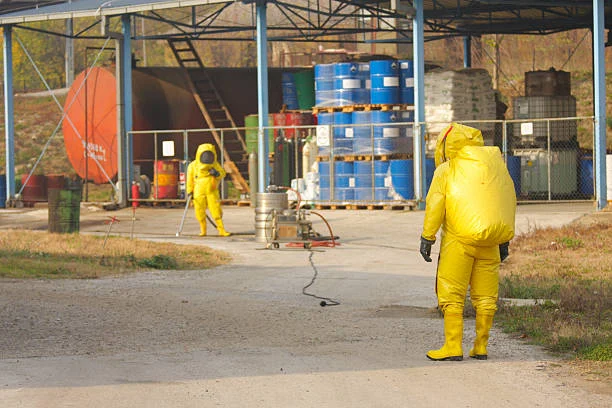
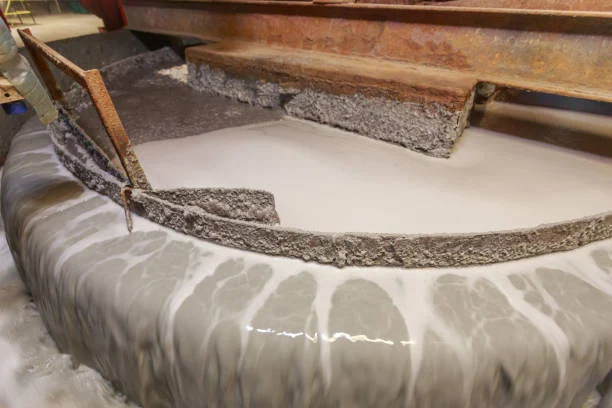
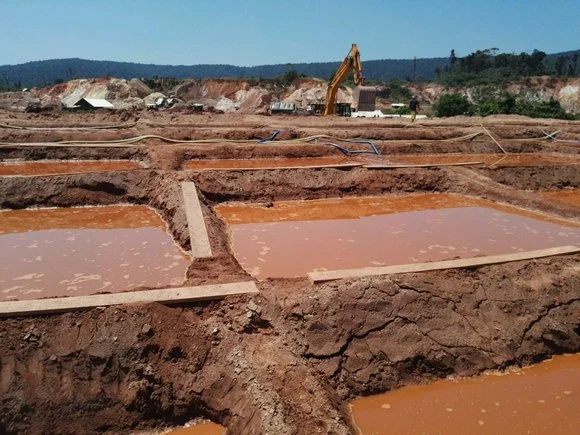
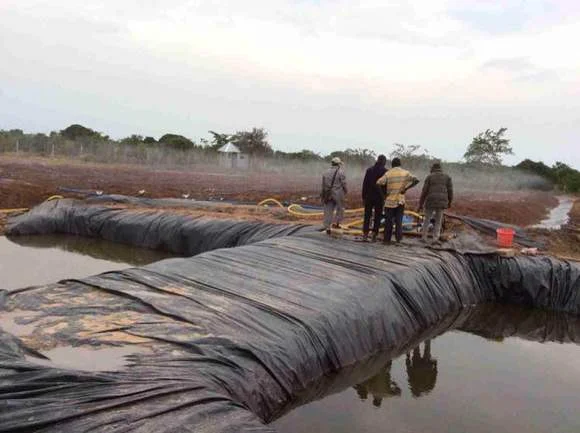

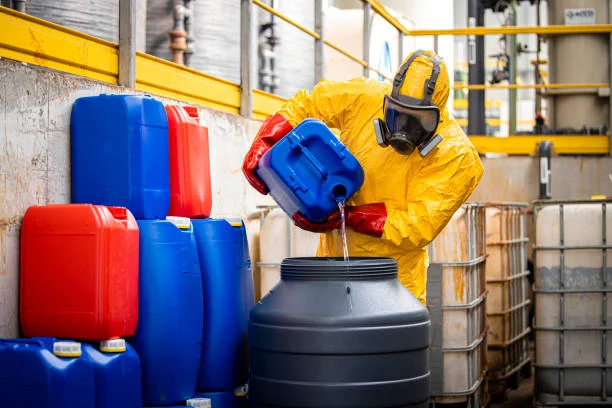
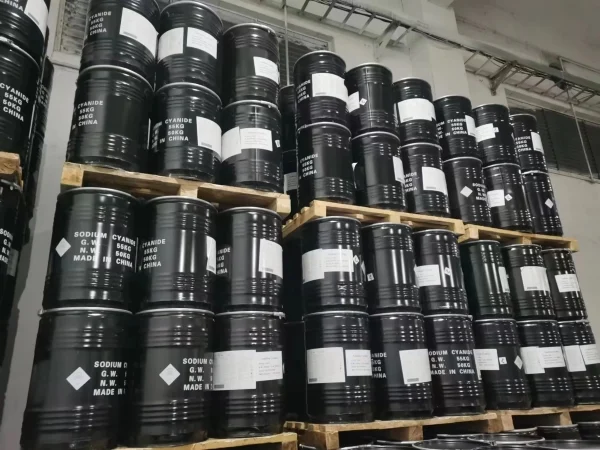



Online message consultation
Add comment: